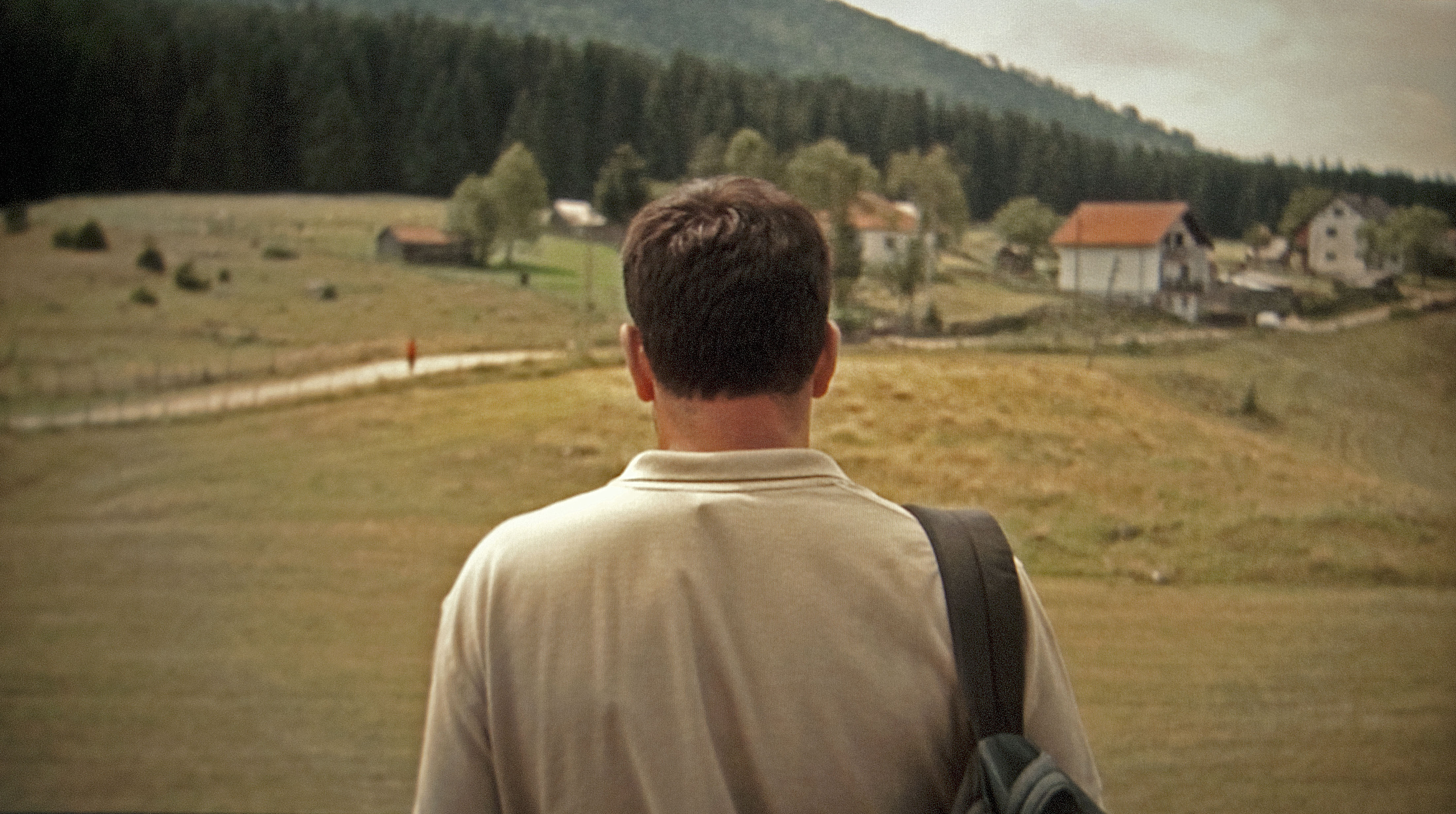Some of the original responses to Andrei
Tarkovsky’s The Mirror, according to
his book Sculpting in Time,
include: an equipment engineer from Kalinin, “Half an hour ago I came out
of Mirror. Well!! … Comrade
director! Have you seen it? I think there’s something unhealthy about it … I
wish you every success in your work, but we don’t need films like that.” From an engineer from Sverlovsk, “One can only be astonished that those
responsible for the distribution of films here in the USSR should allow such
blunders.”
When a film is challenging there is a knee-jerk
reaction for some viewers to immediately criticize it for its disregard to certain formulas, instead of evaluating
it on its own terms. For Takovsky, who describes his vocation as a “duty and
responsibility towards people,” the goal for
all art “is to explain to the artist himself and to those around him what
man lives for, what is the meaning of his existence. To explain to people the
reason for their appearance on this planet; or if not to explain, at least to
pose the question.”
One can describe Tarkosvky’s filmic approach as long, slow
and meditative. There is a poetry to
his approach: that of a musing camera lingering on earthly beauty. Tarkovsky
writes about this, “I find poetic links, the logic of poetry in cinema,
extraordinarily pleasing. They seem to me perfectly appropriate to the
potential of cinema as the most truthful and poetic of art forms.” He would
further add,
“Complexities of thought and poetic visions of the world do not have to be thrust into the framework of the patently obvious. The usual logic, that of linear sequentiality, is uncomfortably like the proof of a geometry theorem. As a method it is incomparably less fruitful artistically than the possibilities opened up by associative linking, which allows for an affective as well as a rational appraisal. And how wrong it is that the cinema makes so little use of the latter mode, which has so much to offer. It possesses an inner power which is concentrated within the image and comes across to the audience in the form of feelings, inducing tension in direct response to the author’s narrative logic.”
This form of poetic, non-associative filming plays
a large role in Igor Drljaca’s debut feature-film, Krivina: the story of Miro Kalinic (the hulky Goran
Slavkovic), a former Yugoslavian now living in Toronto, who returns to Bosnia
to find an old friend Dado, who is rumored to have resurfaced.
We first discover Miro with his back turned towards us, with a
backpack hanging over one-shoulder, as he’s walking the streets trying to find
his friend's old apartment. A golden-hued sun rises, illuminating the horizon and flowing onto the streets of Sarajevo as a soothing whistling is
overheard. Miro’s search for his lost friend is filmed in a style that includes
point-of-view shots towards the sky, still and moving exposition wide-shots of
small figures in pastoral landscapes, and hand-held shots following Miro as
he’s walking. All the while the sound-track goes from naturalism to folkloric
ambient music which gives the film a dream-like quality.
Krivina is more
about the journey – similar to Tarkovsky when he’s at his best (Ivan’s
Childhood, Stalker) – than about the final destination. As Miro’s
travels through the countryside of his old home country there are more new
questions that are being asked than there are old questions that are being
answered. The first thing that Miro is asked is, “Are you looking for someone?”
And as Miro searches for Dado it is slowly becoming ambiguous if they aren't really the same person and if his search is more a personal journey for Miro to find
himself. One gets a sense that Miro’s identity has become fragmented after the
war, as the two of their described experiences seem very similar to one another - a failed marriage, the
lost of his parents – and through the search for Dado certain repressed
war-time experiences re-emerge like his participation in the Republika Srpska
Special Forces along with war profiteering.
It is this search for oneself after the trauma of war, which
makes Krivina’s non-linear narrative a suitable structure. It is the trauma of war which disrupts the narrative. In a stunning shot Miro
is in the forest and sunlight is beaming onto him. A butterfly lands on his hand as he sits still and watches it. In this moment of solace, Miro is able to find some form
of peace. After the horrors of war it is only by looking at nature that Miro is
able to find himself.
Even though Krivina
might be Tarkovskyesque, it speaks to a different population describing acutely their experiences and feelings about the lasting effects of the Bosnian war. This makes its message of dislocation
and alienation so affective.
(Krivina will be playing at The Royal cinema sometime in the month of December or January.)










